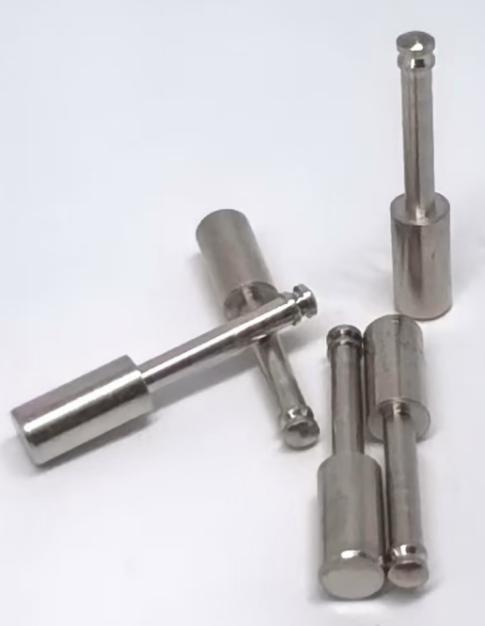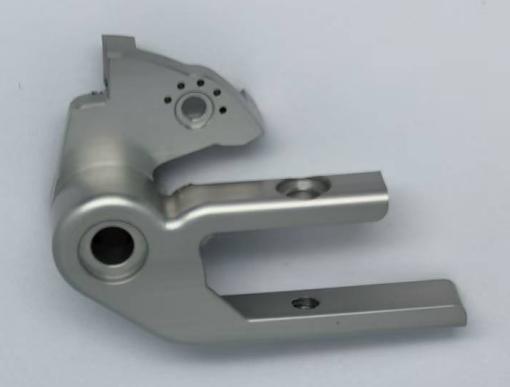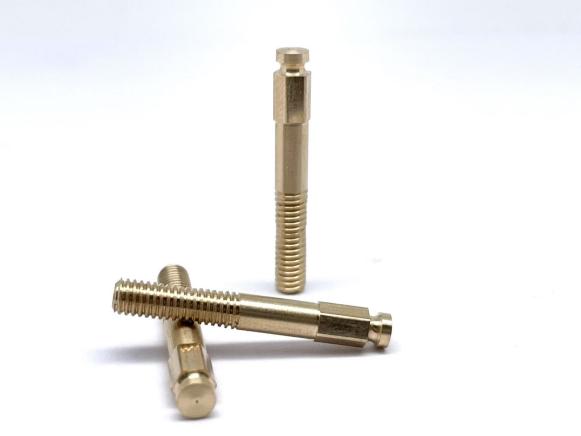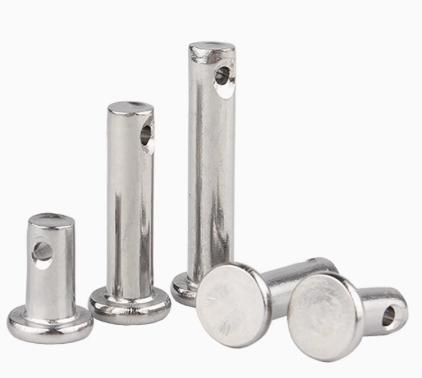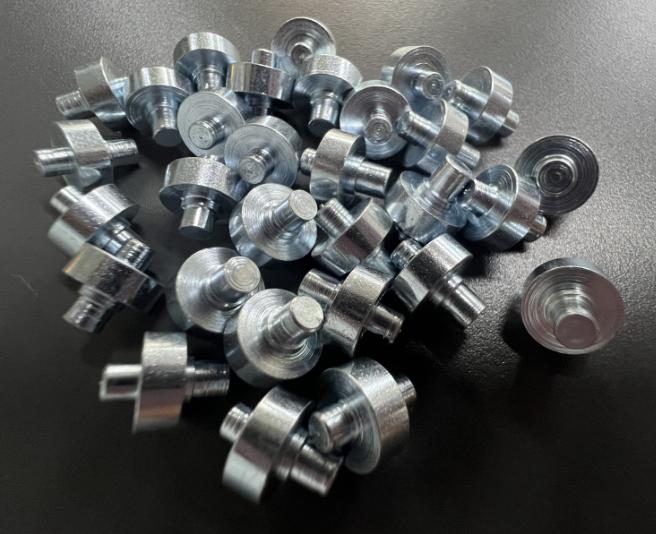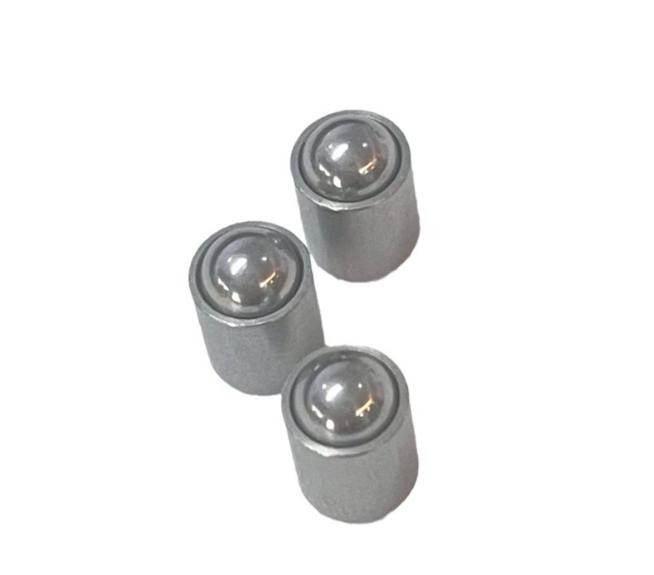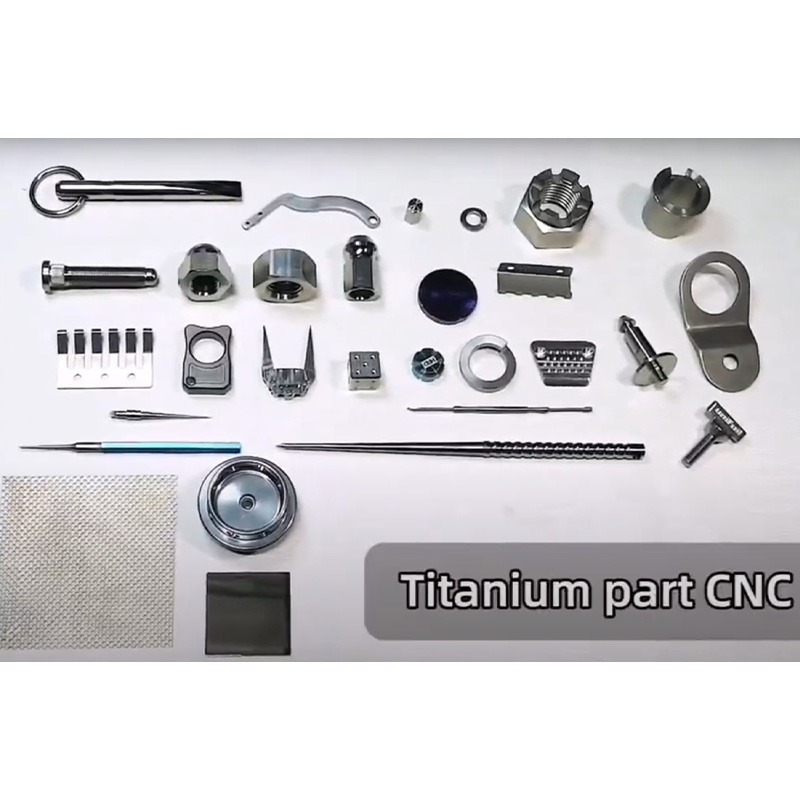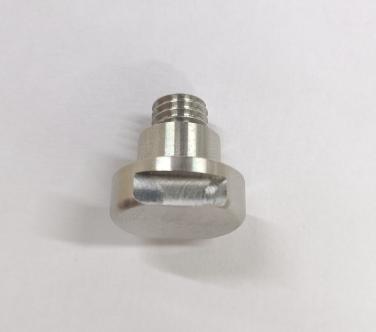How to Achieve the Desired Accuracy in CNC Threading?
Table of Contents
CNC threading is widely used in many industries, from aerospace to automotive, where precision and consistency are essential for producing threaded fastener components like screws, bolts, and nuts. Achieving the desired accuracy in CNC threading requires careful planning, optimized tool selection, proper programming, and meticulous quality control.
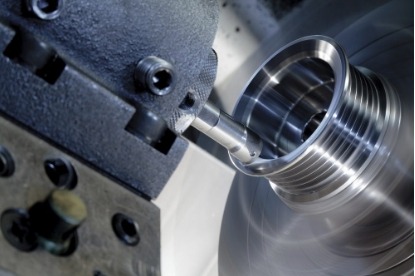
Understanding CNC Threading
CNC threading involves cutting helical grooves, or threads, into a workpiece to create internal or external screw threads. The CNC machine uses specialized threading tools and precise programming to produce threads to specific dimensions, including pitch, depth, and lead angle.
Accurate CNC threading is vital because even minor deviations can lead to functional failures, such as threads not mating correctly, components loosening over time, or thread stripping under stress.
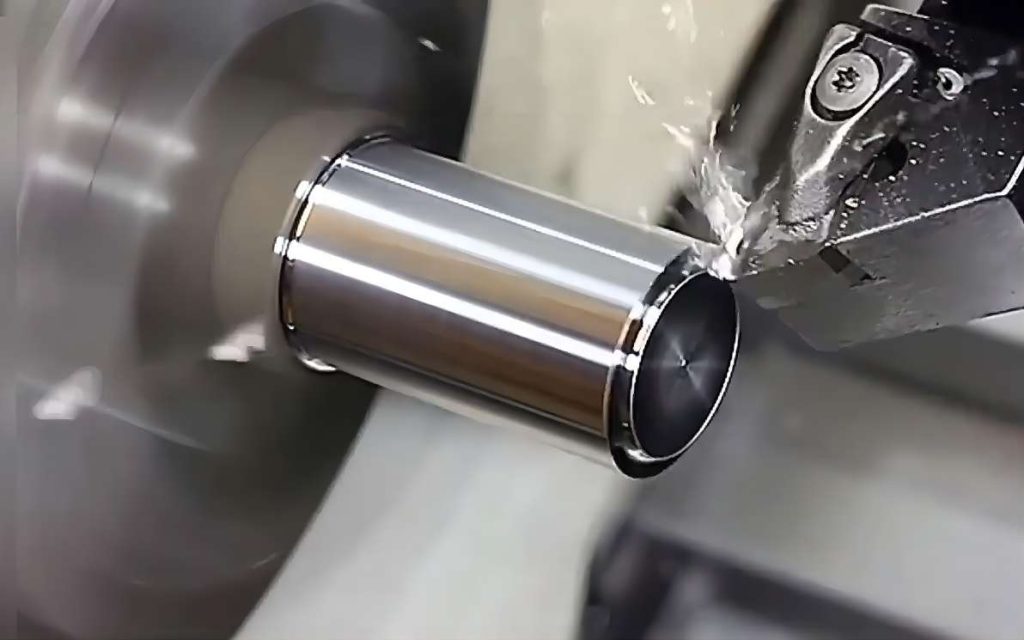
Challenges in Achieving the Desired Accuracy in CNC Threading
| Challenge | Description | Impact on Accuracy |
| Tool Wear | Threading tools wear down with use, causing deviations in thread dimensions. | Leads to inconsistent thread depth and profile. |
| Tool Setup and Alignment | Misalignment of the tool or improper centering causes threading inaccuracies. | Can cause uneven or skewed threads. |
| Improper Tool Selection | Using the wrong threading tool for the material or thread profile. | Results in poor thread quality and incorrect thread profiles. |
| Incorrect Feed Rate & Speed | Incorrect cutting speeds or feed rates cause heat or chatter during threading. | Can lead to thread deformation, poor surface finish, and tool damage. |
| Material Hardness and Machinability | Tough materials like titanium or stainless steel are difficult to thread. | Causes tool wear, chatter, and difficulty maintaining dimensional accuracy. |
| Thermal Expansion | Heat generated during threading can cause tool or workpiece expansion. | Leads to dimensional inaccuracies in thread depth and pitch. |
| Chatter and Vibration | Excessive vibration or machine chatter during cutting. | Results in poor thread surface quality and inconsistent thread geometry. |
| Program Errors | Errors in CNC programming (thread pitch, diameter, etc.). | Causes threads to be undersized, oversized, or incorrectly spaced. |
| Inadequate Coolant Application | Insufficient or improper coolant application during threading. | Leads to excessive heat, tool wear, and poor thread quality. |
| Complex Geometries | Threads in hard-to-reach or irregular areas may be difficult to machine. | Causes difficulty in maintaining consistent thread profile in complex parts. |
Strategies and Best Practices to Ensure Precise CNC Threading
1. Selecting the Right Threading Tool
The choice of threading tool significantly affects the precision of the threads produced. Different types of threading tools are used depending on the material, thread size, and the type of thread (internal or external).
Common tools include:
- Thread Turning Inserts: These are used for external threading and come in various profiles (ISO, UN, ACME, etc.) to match specific thread standards. Precision-ground inserts ensure consistent profiles and accurate threads.
- Thread Mills: Thread milling is an alternative to turning for both internal and external threads. It involves using a rotating cutting tool to mill the thread into the workpiece. CNC thread mills are versatile, can handle a range of thread sizes, and provide high accuracy.
- Taps and Dies: Taps are used for internal threading, while dies are used for external threading. CNC tapping requires precision taps with the correct geometry to ensure thread accuracy.
Selecting the right tool material is also crucial. For hard-to-machine materials like stainless steel, titanium, or hardened alloys, carbide, and CNC threading are preferred for their wear resistance and durability.
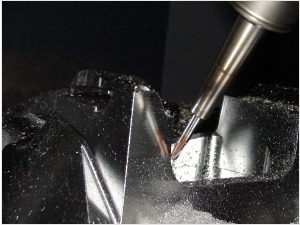
2. Tool Setup and Calibration
Even with the best CNC thread tools, improper setup can lead to inaccuracies in threading.
Key steps to ensure proper setup
- Tool Centering: Misalignment between the tool and workpiece can cause thread profiles to be uneven. Precision tool holders, collets, and tool-setting gauges can help ensure the tool is centered correctly.
- Tool Length Compensation: Proper tool length compensation is necessary to avoid overcutting or undercutting the threads. CNC machines with advanced compensation systems help adjust tool paths dynamically to account for variations in tool length.
- Tool Wear Monitoring: Continuous threading can cause tools to wear, leading to dimensional inaccuracies. Monitoring tool wear and replacing or resharpening tools before they degrade is essential for maintaining thread accuracy.
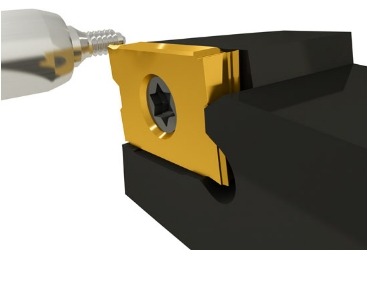
3. Optimizing CNC Threading Programs
Accurate threading also depends on how well the CNC program is developed. Several factors in programming directly affect threading accuracy
a. Correct Thread Parameters
The CNC program must include precise thread parameters, including thread pitch, major and minor diameters, thread depth, and lead angle. Even slight deviations in these values can lead to unusable threads.
- Thread Pitch: The distance between threads should be programmed accurately based on the thread standard being followed.
- Major and Minor Diameters: For both internal and external threads, the major and minor diameters must be within specified tolerances to ensure compatibility with mating parts.
- Lead Angle: Correctly programming the lead angle ensures that the threads will have the proper helical shape and engage smoothly with corresponding parts.
b. Cutting Speed and Feed Rate
CNC threading requires careful control of cutting speed and feed rate. Cutting too fast can generate heat and cause tool deflection, leading to inaccurate threads. On the other hand, slow feed rates can result in poor surface finishes and increased tool wear.
Typically, lower cutting speeds are recommended for threading compared to other machining operations to reduce the chance of errors. CNC machines with synchronized spindle and feed control provide better accuracy in threading.
c. Threading Cycles
CNC machining process offers pre-configured threading cycles, such as G76, G32, or G92 for different types of threading operations. Using the correct threading cycle for the job can significantly improve precision and reduce programming complexity.
4. Coolant and Lubrication
Adequate cooling and lubrication during CNC threading are crucial for both tool life and accuracy. Coolant helps reduce heat generation, preventing tool wear and thermal expansion that could affect thread dimensions. In addition, lubrication minimizes friction between the tool and the workpiece, ensuring a smoother cutting action and better surface finish.
Flood coolant or high-pressure cooling systems are often preferred for threading operations, especially in materials that are prone to generating heat, such as stainless steel or aluminum alloys.
5. Quality Control and Inspection
No matter how well the threading process is set up, rigorous quality control is essential to ensure the final threads meet the required specifications.
Inspection techniques
- Thread Gauges: Go/no-go thread gauges are commonly used for checking whether internal and external threads conform to the desired dimensions and standards.
- Optical Measurement: Non-contact optical measurement systems can accurately inspect thread profiles, pitch, and angles for high-precision applications.
- Coordinate Measuring Machines (CMMs): CMMs are used to measure thread geometries in complex parts where precise dimensional accuracy is required.
Regular inspection during production ensures that any deviations in thread dimensions are detected early, reducing the risk of producing defective parts.
6. Addressing Common Threading Issues
Several common issues can arise in CNC threading, leading to inaccurate results.
These include:
- Chatter: Vibration during threading can lead to poor surface finish and dimensional errors. Reducing cutting speed, improving tool rigidity, or adjusting toolpaths can help mitigate chatter.
- Inconsistent Thread Depth: If thread depth varies, it may be due to tool wear, incorrect tool setup, or improper feed rates. Regular tool monitoring and proper programming adjustments can resolve this issue.
- Incorrect Thread Profile: This is often caused by using the wrong threading tool or programming incorrect parameters. Ensuring the tool matches the thread profile and that the program is correct will prevent this issue.
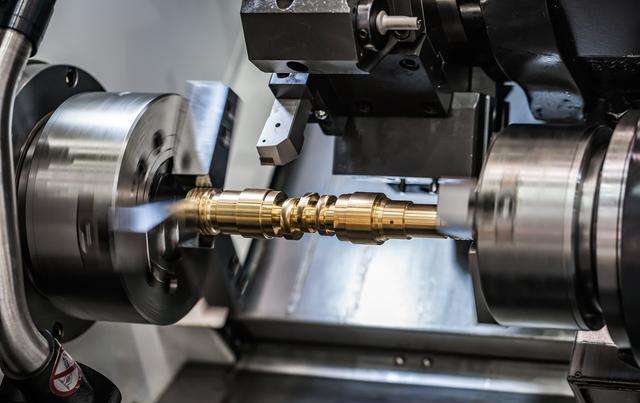
Overall, achieving the desired accuracy in CNC threading requires a comprehensive approach, from selecting the right tools and optimizing programming to maintaining proper cooling and conducting rigorous quality control.

